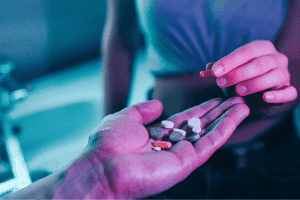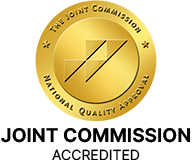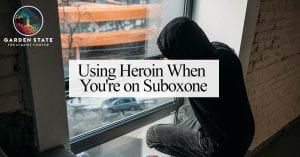
Tag: Heroin
Heroin, also known as diacetylmorphine and diamorphine among other names, is an opioid used as a recreational drug for its euphoric effects.

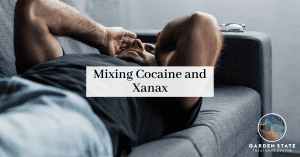
Mixing Cocaine and Xanax
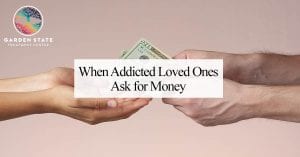
When Addicted Loved Ones Ask for Money
